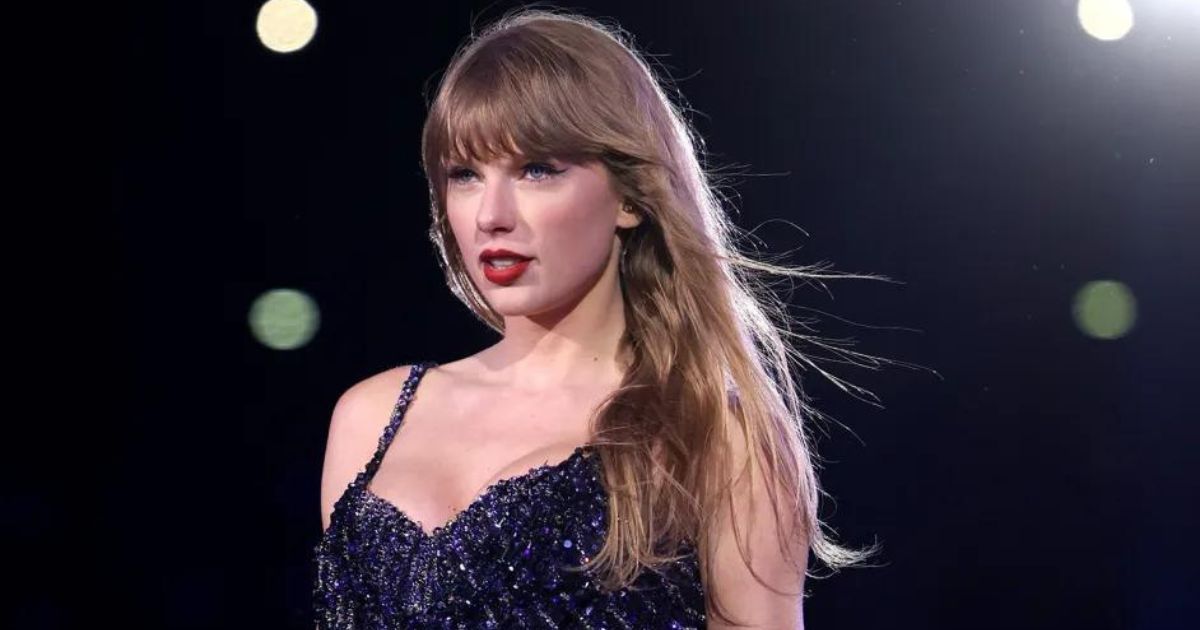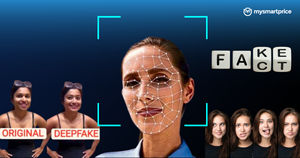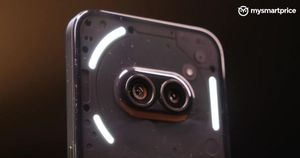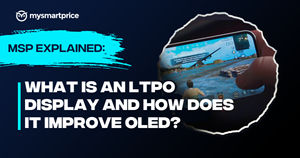
Deepfakes have emerged as a new global threat. Recently, a viral video featuring Rashmika Mandanna garnered widespread attention. A similar incident unfolded in the USA, where explicit images of Taylor Swift, the billionaire pop star, generated using artificial intelligence were shared on X.com (Twitter) last week.
Consequently, hashtags like “Protect Taylor Swift” gained traction on the platform, urging users to prompt X to address AI-generated fakes of the singer. In response, the social media platform temporarily restricted searches for the name Taylor Swift and removed the majority of the images from the platform.
However, the effectiveness of the restriction was compromised, as users found ways to circumvent it by searching for just her first or last name or by enclosing her name in quotation marks. Eventually, the restriction was lifted on Monday evening.
What Happened with Taylor Swift?
On Wednesday, explicit images produced by artificial intelligence began circulating on various social media platforms, with a notable presence on X. A specific image of the megastar garnered 47 million views during the roughly 17 hours before it got removed from the platform on Thursday.
A media report by 404Media has stated that Microsoft’s Designer tool, which is an AI text-to-image generation product, was used to create such fake images. Following the report, Microsoft has reportedly made changes to the tool to prevent such misuse, according to a new report by the publication.
Microsoft CEO Satya Nadella also responded to the disturbing reports in an interview to NBC. Nadella was quoted as saying that the company has to move fast to combat such challenges posed by generative AI. He also called it “alarming and terrible,” adding, “we all benefit when the online world is a safe world. And so I don’t think anyone would want an online world that is completely not safe for both content creators and content consumers. So therefore, I think it behooves us to move fast on this.”
X’s Response
While X stated in an online announcement that it upholds a “zero-tolerance policy” regarding the sharing of nonconsensual explicit imagery, the statement did not explicitly mention Swift by name. Nonetheless, Joe Benarroch, Head of Business Operations at X, expressed a commitment to prioritizing safety on this matter and temporarily suspended searches for the name on the platform.
on Monday morning, he declared, “Search has been re-enabled, and we will continue to be vigilant for any attempts to spread this content, promptly removing it if detected.”
Is Deepfake Illegal in India and Around the World?
The short answer is “No” deepfakes are not illegal in India. However, their content may breach certain information technology rules in India, depending on the nature of the material. In India, the central government issued guidance to social media and internet platforms in December, urging vigilance against deepfakes that violate India’s IT regulations.
When it comes to the USA, there are 10 states, including Texas and California, where deepfakes are considered illegal.












